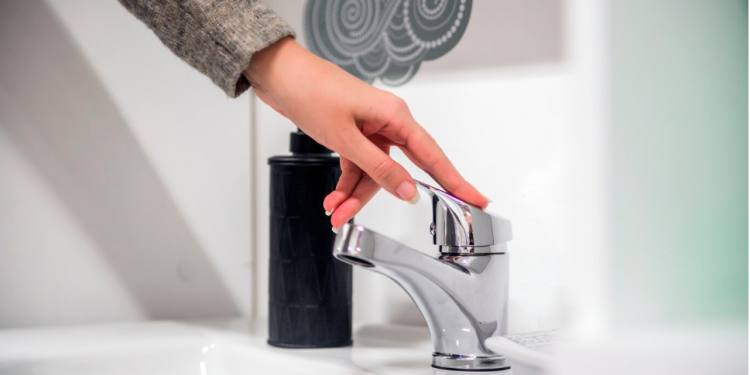Upgrading your kitchen is one of the most rewarding ways to enhance both style and functionality. Spring faucets, with their sleek and professional design, are becoming increasingly popular in modern kitchens. But choosing the right one for your home can be a daunting task, especially given the variety of styles, features, and finishes on the market.
How do you replace a spring on a faucet?
In this blog, we’ll walk you through the key considerations to find the perfect spring faucet for your home.
1. Consider Your Kitchen Design
Your spring faucet should complement the overall aesthetic of your kitchen. Ask yourself:
Traditional or modern: Does your kitchen have a classic feel with warm tones, or is it sleek and contemporary? Choose a kitchen faucet that matches your design style.
Finish: Spring faucets come in finishes like chrome, brushed nickel, matte black, and stainless steel. Select a finish that matches or enhances your current fixtures and decor.
Size: The high-arc design of spring faucets makes them a bold statement piece. Measure the available space to ensure it fits comfortably without overpowering your kitchen layout.
2. Look for Functionality and Features
Spring faucets are known for their professional-grade functionality. When exploring options, consider the following:
Spray Options: Many spring faucets offer multiple spray modes, such as:
A steady stream for filling pots.
A powerful spray for cleaning stubborn messes.
Pull-Down Sprayers: A pull-down design enhances convenience, allowing you to rinse hard-to-reach areas in your sink and beyond.
Reach and Flexibility: Check the arc height and the length of the hose to ensure it fits your needs, especially if you work with large cookware.
3. Assess Build Quality and Durability
Investing in a spring faucet means prioritizing long-term durability. Always look for high-quality materials and craftsmanship:
Materials: Opt for faucets made from stainless steel, brass, or other corrosion-resistant materials. These ensure your faucet withstands daily wear and tear.
Warranty: A robust warranty is a sign that the manufacturer is confident about the faucet’s quality and longevity. Review the terms carefully before committing.
Leak Prevention Technology: Modern spring faucets typically include features like ceramic disc valves or reinforced seals that prevent leaks.
4. Check Installation Requirements
Spring faucets can be larger than standard faucets, so ensure compatibility with your sink setup. Key considerations include:
Single or multiple holes: What kind of mounting your sink requires—single-hole or multiple-hole—will influence which spring faucet is right for you.
Professional installation: Some larger or more complex spring faucets may require professional installation, which could affect your overall budget.
5. Consider Maintenance Needs
Choose a spring faucet that’s easy to clean and maintain, especially if you want it to stay looking pristine for years to come. Features to prioritize include:
Spot-resistant finishes: These finishes help prevent fingerprints and water stains, reducing cleaning time.
Detachable or replaceable components: If cleaning is necessary, models with detachable spray heads or replaceable hoses make upkeep simpler.
6. Don’t Forget Your Budget
A good spring faucet is an investment, so it’s important to balance your budget and desired features. While budget-friendly options exist, they may compromise on durability and performance. Choose one that provides the best value for your money—without sacrificing quality.
7. Eco-Friendly Options
If sustainability is important to you, prioritize spring faucets with water-saving technology. Low-flow aerators or features that limit water waste can reduce your environmental footprint while lowering your utility bills.
Choosing the perfect spring faucet for your home involves balancing style, functionality, durability, and budget. By keeping these key points in mind, you can select a faucet that not only enhances your kitchen’s aesthetic but also simplifies daily tasks.















